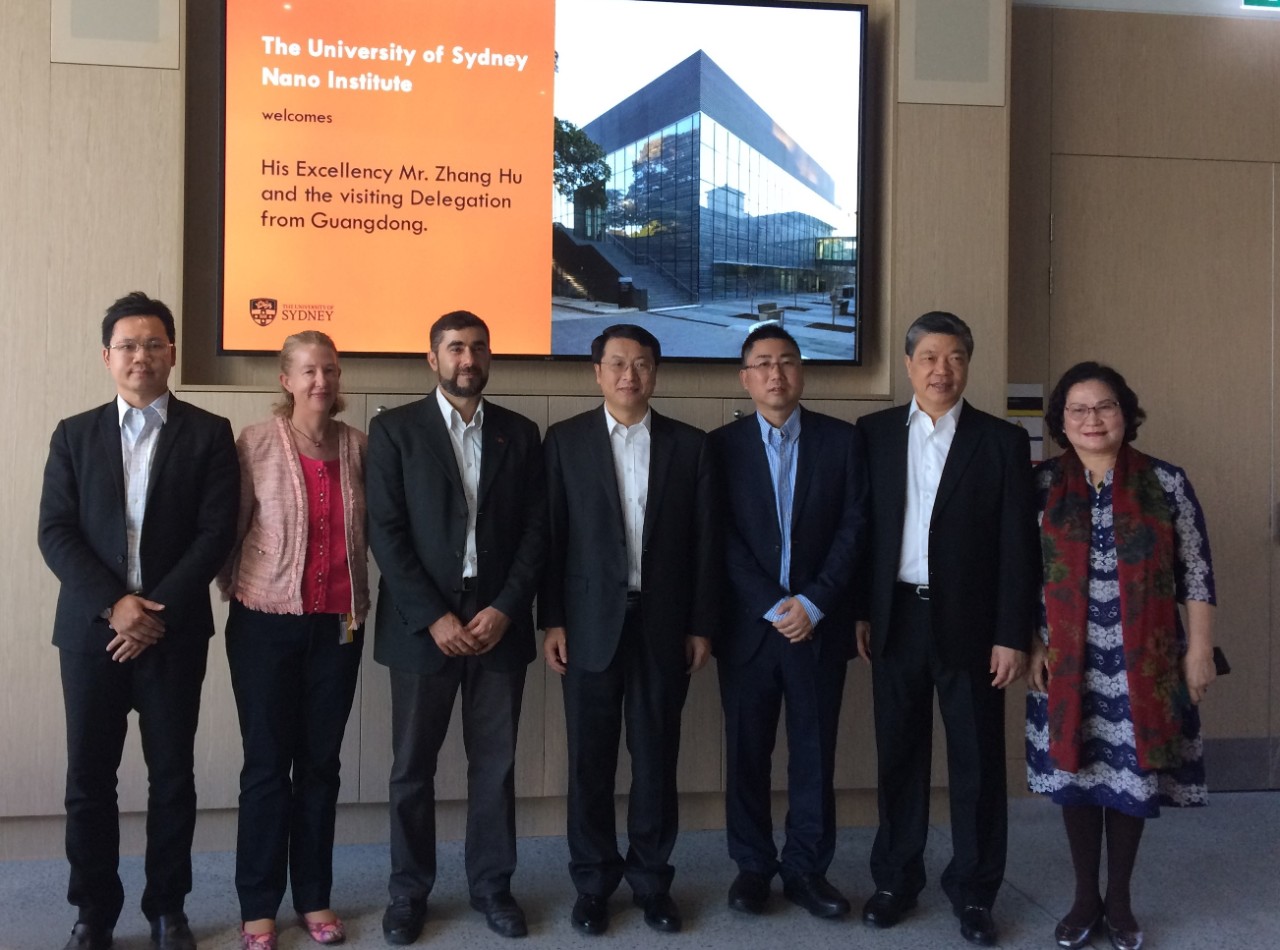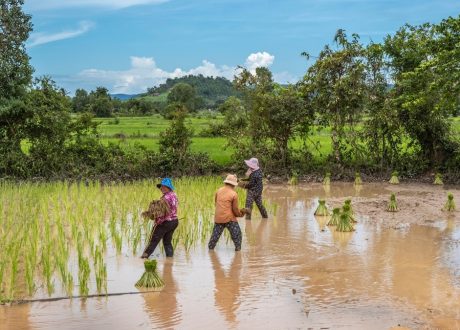
New ISO ESG Implementation Principles provide int’l guidance to streamline ESG practices
New ESG Implementation Principles launched the International Organization for Standardization (ISO) at the 29th United Nations ...

Dongguan Jianhui Paper Co in China’s Guangdong, a paper recycling and manufacturing company, has partnered with the University of Sydney’s Waste Transformation Research Hub (WTRH) for better use of water during paper recycling.
The Chinese Government’s new waste import policy released in January 2018 restricts the contamination limit of recyclable materials. The new regulations are designed to reduce pollution and prevent illegal recyclers from operating by reducing supply. They have also had the effect of encouraging major Chinese manufacturing companies like Dongguan Jianhui Paper Co, to improve their practices.
“Paper recycling plants use a lot of water, which they require to treat the wastepaper during the recycling process. Because of the Chinese Government’s stricter environmental protection guidelines for recycling plants many companies are looking for ways to enhance water efficiency,” Associate Professor Ali Abbas said.
“Dongguan Jianhui is already doing very well and meeting its obligations, however they want to do more and become a leader in the field, that’s why they are partnering with us.”
“Our researchers can help by looking at the paper company’s current operations. We can use the data to develop a model to help operators in the plant make decisions that will improve water efficiency and usage, as well as enhance water recovery.”
The plant has several steps to treat the water required to clean wastepaper, including coagulation and oxidation processes where chemicals are used to remove contaminants. The addition of such chemicals is currently being done at sub-optimal levels which is costly and results in the reduction of the quality of the produced paper. Changes in the feed water being used and in the wastepaper feedstock adds a challenge to the plant, as it has to cope and change its process conditions accordingly.
“We will work with the company to help reduce the chemical oxygen demand through a scientific approach; we want to reduce the amount of chemicals dosed in the water without compromising water quality.” Associate Professor Abbas said.
“We are looking forward to becoming a long-term partner with the University of Sydney for the development of state-of-the-art technology to benefit the whole industry. We are also aiming to build a joint research center with the University of Sydney to integrate research education and commercialization for the stake of environment protection,” said Lai Kwaiwa, President of Dongguan Jianhui Paper from Guangdong.
China is the largest importer of wastepaper and prior to the Chinese Government’s new waste import policy, the country received more than half the world’s recyclable scrap paper, including 30 percent of Australia’s recyclable paper and cardboard.
Because of their high-water usage, paper recycling plants are typically located next to rivers, the wastewater is then treated to remove hazardous chemicals and pollutants and returned to the river systems. Therefore it is vital the waste water is treated appropriately.
New ESG Implementation Principles launched the International Organization for Standardization (ISO) at the 29th United Nations ...
PUMA has already made strong progress in reducing its greenhouse gas emission over the past ...
The United Nations Trade and Development (UNCTAD) urged during the 29th United Nations Climate Change ...


اترك تعليقا